
Amaranth / Kulitis
I.Scientific Name: Amaranthus tricolor L; A. viridis L.; A. dubius C. Martius; A. cruentus L.
II. Common Names/Local Names:
Amaranth, Chinese spinach, tampala, pigweed (English)
Kulitis , Uray (Tagalog)
Varieties:
- Tiger leaf – spineless, leaf soft tender and variegated in color
- Red leaf – spineless, often used as an ornamental plants in certain areas
- Green Leaf – spineless
- Uray – spiny, It has a reddish color on the undersurface of the cotyledons and on the stem
 III. Botanical Description
III. Botanical Description
The edible amaranth (A. tricolor L or A. viridis L) is an annual leafy vegetables belonging to the amaranthaceae or amaranth family.
Amaranthus – Erect annual, strongly branching, up to 2.5 m tall, with strongly branched tap root. Leaves alternate, long petiolate, simple and entire. Flowers in axillary clusters, upper clusters often leafless and in panicled spikes, unisexual, solitary in the axil of a bract, witrh 2 bracteoles, 3-5 tepals either free stamens as many as tepals (male flowers) or ovate or oblong ovary with 2-3 stigmas (female flowers). Fruits a dry capsule, dehiscent or indehiscent . Seeds shiny black or brown.
A. tricolor – Erect annual up to 1.5 m tall. Leaves elliptical to lanceolate or broad-ovate, dark green, light green or red. Clusters of flowers axillary, often globose, with a reduced terminal spike, but occasionally the terminal spike is well developed. Teplas 3. fruit dehiscent, with a circumscissile lid. Seeds black, relatively large; 1200-2900 seeds/g. cultivated
A. dubius – Annual sometimes biennial, up to 2 m tall, erect, strongly branching, Leaves ovate or rhomboid ovate, shortly cuneate at base, dark green. Lower clusters of flowers axillary, upper clusters leafless and in lax panicled spikes. Tepals 3-5. Fruits dehiscent, with a circumscissile lid. Seeds black, very small; 3000-4800 seeds/g. cultivated vegetables, sometimes escaped as weed.
A. cruentus – Tall annual, up to 2.5 m. Leaves lanceolate, accurate and often short-decurrent at base, grayish-green. Clusters of flowers in large axillary and terminal panicled spikes. Tepals 5. Fruit dehiscent, with a circumscissile lid. Seeds dark brown to black; 2,500 – 3,000 seeds/g. seeds of grain types are light yellow. Cultivated as vegetable or grain.
A spiny relative of kulitis called uray (A. spinosus L) is a common vegetable in some regions in the Philippines. Though, spiny, it makes excellent greens or potherbs when used in the same way as spinach.
IV. Adaptability
It is highly adapted under lowland condition. Grow well at day temperatures above 250C and night temperatures not lower than 150C. Amaranthus are quantitative short day plants. It consumes high amount of water and uses 6 mm/day. Amaranthus prefers fertile, well drained soils with a loose structure.
V. Uses / Importance
Amaranth is one of the most delicious leafy vegetables. It is a good crop for greens especially during the summer months when it is hard to grow and other kinds of vegetables. Amaranth is used in stews, “sinigang’ and other dishes wherever spinach (Spinacea oleracea L).
Many wild Amaranthus species are used as pot herbs. Used as ornamentals are A. tricolor forms with red, yellow and green coloured leaves or leaf sections and A. cruentus with large bright red inflorescences. Amaranthus weeds are used as for fodder (pigweed). Vegetable amaranths are recommended as a good food with medicinal properties for young children, lactating mothers and for patients with fever, hemorrhage, anemia or kidney complaints. The wild A. spinosus L. used as a depurative against venereal diseases and as dressing on boils.
VI. Nutrient Value
Amaranth is a rich source of calcium, iron and vitamin A as shown in Table 1.
Table 1. Nutritional values of amaranth (Raw and Boiled/100 grams edible portion)
Nutrients | Raw | Boiled |
Moisture (%) | 84.4 | 83.9 |
Food energy (cal.) | 47.0 | 27 |
Protein (g) | 4.6 | 4.4 |
Fiber (g) | 1.1 | - |
Total Carbohydrates (g) | 7.4 | 4.4 |
Ash (g) | 2.5 | - |
Calcium (mg) | 341.0 | 314 |
Phosphorus (mg) | 76.0 | 62 |
Iron (mg) | 18.0 | - |
Sodium (mg) | 51.0 | - |
Potassium (mg) | 443.0 | - |
Vit. A (I.U.) | 12, 860 | 12,345 |
Thiamine (mg) | 0.01 | 0.01 |
Riboflavin (mg) | 0.37 | 0.33 |
Niacin (mg) | 1.80 | 1.70 |
Ascorbic acid (mg) | 120.00 | 109.00 |
VII. Propagation
Amaranth is propagated by seeds. Depending on the cultivar, photoperiod and cultural practices, flowering may start 4-8 weeks after sowing then the seeds mature after 3-4 months (it will serves as the source of planting materials). However, A. dubius will continue its generative stage for a much longer period and when cut regularly, the plant may become shrubby and perennial but even at its mature stage the leaves are succulent which is suitable for consumption as vegetables.
VIII. Cultural Practices
Preparing the field
Amaranth requires thorough land preparation with twice plowing and harrowing and well-prepared bed for good growth.
Planting
Amaranth is planted either by direct seeding or transplanting. The choice of planting method depends on availability of seed and labor and may also vary with growing season. Direct seeding is appropriate when plenty of seeds is available, labor is limited and during the dry season when frequency of watering is less. Transplanting is preferred when there is limited amount of seed, plenty of labor and during the wet season when heavy rains and flooding are most likely to wash out the seeds.
However, the most common practices is sowing directly in rows with 0.5-1.0 cm deep and space rows 10-20 cm apart. Sow the seeds 5 cm apart within the row and cover with a layer of compost or rice hull, or broadcasting with a seed rate of 2-5 g/m2 (20-50 kg/ha). If transplanted, the seed requirement is only 2 kg/ha with plant densities of 400 plants/m2.
Fertilizing
Although amaranth is a low management crop and can grow in poor soils, yield increased with fertilizer application. A combination of both inorganic and organic fertilizers improves yield and maintains soil fertility. The amount of fertilizer to apply depends on soil fertility, soil type, fertilizer recovery rate, and soil organic matter. A soil test is highly recommended to determine the available N, P, and K. Suggested fertilizer recommendations are shown in Table 1. Fertilizer recommendations depend on local conditions, consult your fertility management specialist or conduct soil analysis to determine optimal rates.
Table 1. Recommended fertilizer rates (kg/ha) for amaranth production at AVRDC
Days after sowing/transplanting | ||||
Nutrient | Pre-plant | 10 | 20 | 30 |
Compost | 10,000 | |||
N | 48 | 30 | 8 | 8 |
P2O5 | 64 | 8 | 8 | 0 |
K2O | 48 | 15 | 8 | 0 |
Water Management
Amaranth is relatively drought tolerant, insufficient water will reduce yield. Water should be applied especially just after sowing or transplanting to have a good stand. As a rule, the plants should be irrigated if wilting occurs at noontime. During the rainy season, drainage is essential for plant survival and growth. Raised beds, clean furrows and large drainage canals facilitate quick drainage of excess water after heavy rain. Another way to gauge soil moisture content is to take a handful of soil from the bottom of a 15-cm deep hole. Squeeze the soil. If it holds together when you release your grip, there is sufficient soil moisture; if the soil crumbles, it’s time to irrigate. Irrigate thoroughly to maintain vigorous plant growth. Avoid over-irrigation, which may enhance disease development and nutrient leaching. Drip irrigation or micro-sprinkler irrigation is recommended in areas with limited water supply. If sprinkler irrigation must be used, avoid late evening irrigation to prevent diseases.
Weed Management
Weeds compete for light, water, and nutrients, thereby resulting in reduced yield. It may be controlled using a combination of methods. Choose the most appropriate method(s) for your location. Thorough land preparation is the first key to effective weed control. Amaranth is small-seeded and slow to germinate, therefore, weed control is essential in their early stage. A seedbed free of weed seeds allows amaranth seedlings to get a head start on the weeds and establish a canopy that can shade out emerging weed seedlings. Hand or hoe weeding can be performed as needed.
IX. Pests and Disease Management
Insect pests and diseases must be controlled to ensure good yield and marketable quality. Amaranth is susceptible to damage by foliar insects such as leafminers, leafrollers cutworms, aphids, flea beetles, and mites.
Traditional method of spreading wood ash to dispel insects have been replaced by spraying regularly up to twice a week with insecticides. Chemical pesticides should be used mainly as a corrective measure. Choose a pesticide that targets the specific insect that is causing the damage, and try to avoid pesticides that kill or inhibit the development of beneficial organisms. Choose pesticides that have short persistence, i.e., the effects last only a few days. Pesticides should be applied in the evening, and workers should not be allowed into the field until the recommended waiting period (usually 12 to 24 hours) has passed . An alternative but effective method of controlling insect pests is to cover the bed with a fine screen or nylon mesh netting (32-mesh or finer).
X. Harvesting
Amaranths are ready for harvest in 20–45 days after planting or sowing depending on variety and plant type. Plants may be harvested once or several times. Once-over harvesting is adapted for short maturing and quick growing varieties such as A. tricolor. Whole plants are pulled from soil with roots, washed and tied in bundles. With multiple harvests, young leaves and tender shoots are picked at 2–3 week intervals. Eventually, the plants begin to flower and develop fewer leaves. Frequent harvesting of leaves and shoots delays the onset of flowering and thus prolongs the harvest period. Amaranth and other leafy vegetables have large surface-to-volume ratio and lose water rapidly. To reduce water loss, harvest during the cooler time of day, such as early morning or late afternoon.
XI. Post-Harvest Handling
Since amaranth wilts rapidly, common practice in markets and shops is to sprinkle with water to keep its fresh appearance. If uprooted, the vegetables can be kept fresh for some days by putting it into basin with the roots in the water and sold in bunches or by weight.
XII. Prospects/Opportunities
Amaranth is recognized as an easy to grow and very productive crop. It is probably the highest yielding leaf vegetable of the tropics with its excellent nutritional value thus of high importance for human consumption and as a cheap green vegetables for city dwellers. Research should focus on optimization of cultural practices, effective pest control with fewer residues and plant nutrition.
XIII. References
A.C. Sas. 1984. Plants and Health. p 10.
Kasem Piluek. Plant Genetic Resources of South-East Asia 8 (PROSEA) for Vegetables. Pp 82-86
M.C. Palada and L.C. Chang, AVRDC International Cooperators’ Guide. May 2003, pub #03-552
PCARRD Technoguide 1985 pp 18-19.
Source: bpi.da.gov.ph
The post Amaranth / Kulitis Production Guide appeared first on Business Diary Ph.

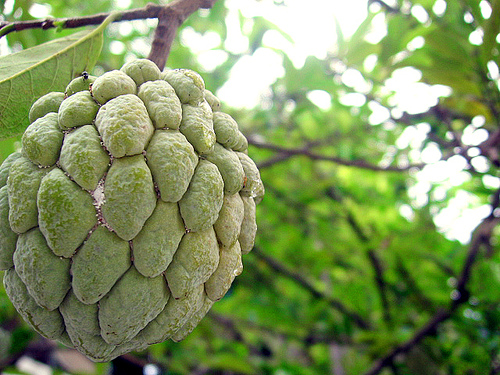 Photo by
Photo by 


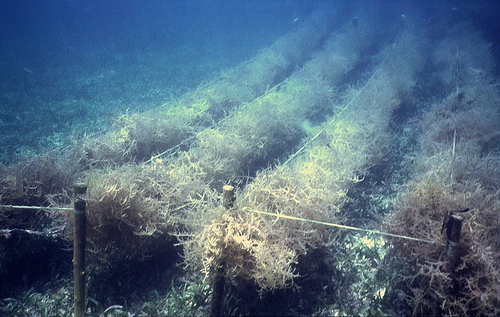 Photo by Derek Keats[/caption]
Photo by Derek Keats[/caption]
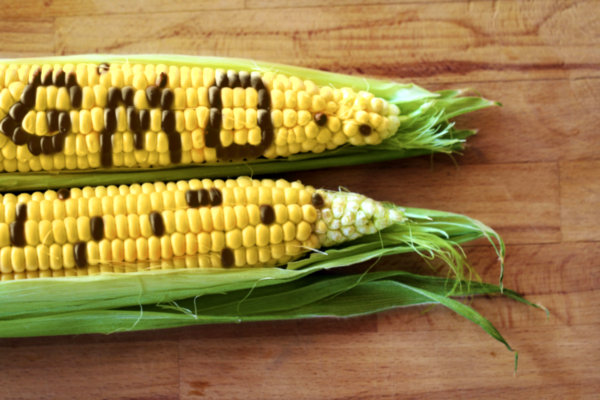

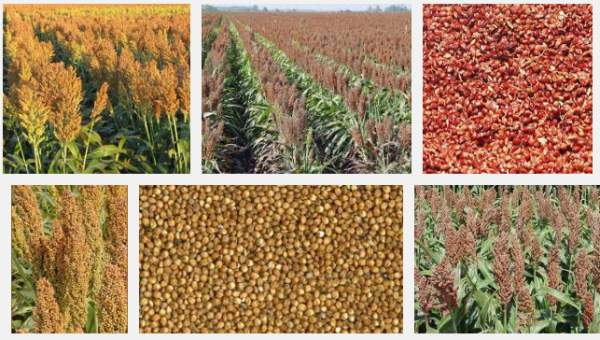

 Photo by
Photo by 

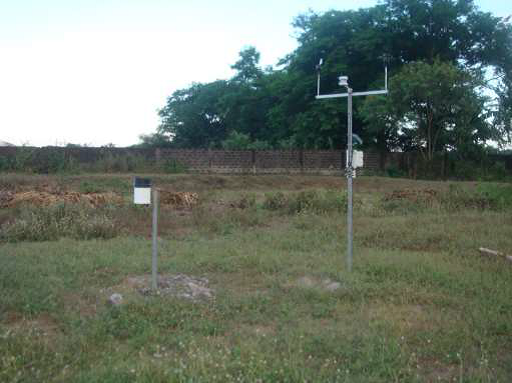
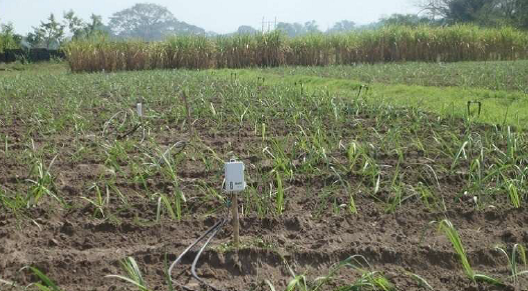
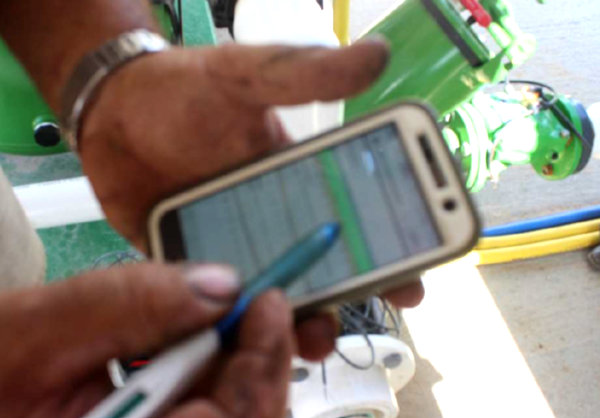
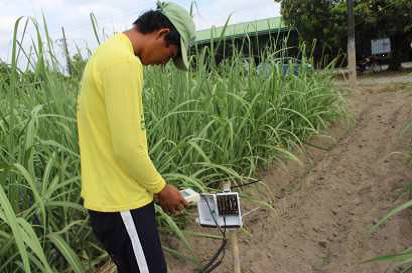

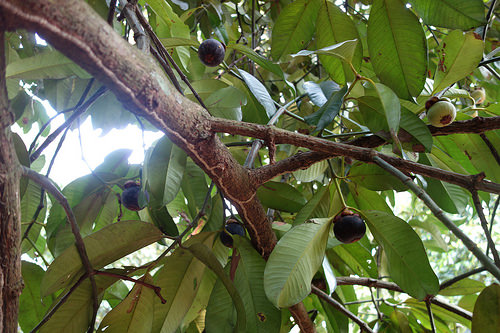 Photo by
Photo by 









 Photo by
Photo by 
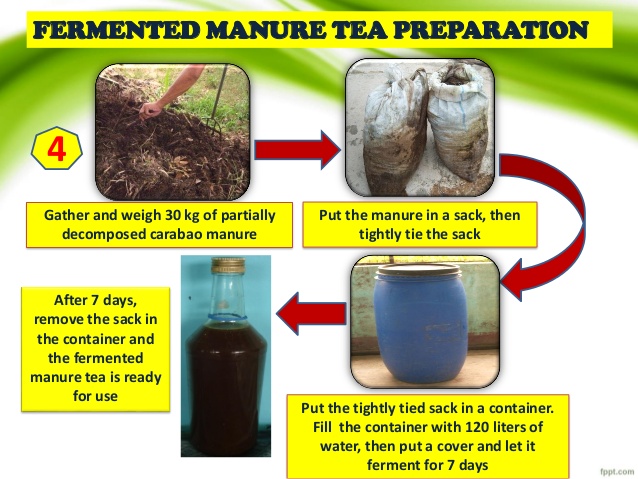 Source: e-extension.gov.ph
Source: e-extension.gov.ph

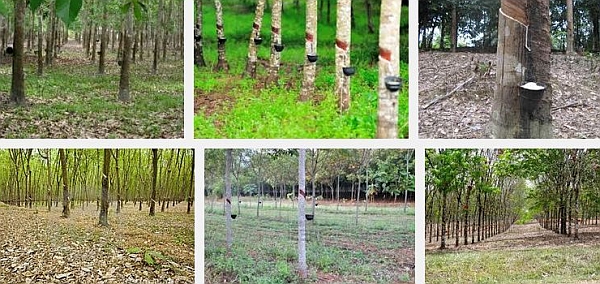 For the first time in 15 years, ZREC is restoring
For the first time in 15 years, ZREC is restoring 
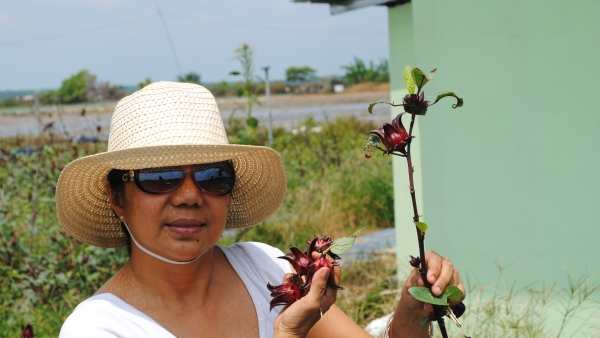 Dr. Naomi Dilodilo with the Roselle flower[/caption]She is one of the featured
Dr. Naomi Dilodilo with the Roselle flower[/caption]She is one of the featured 
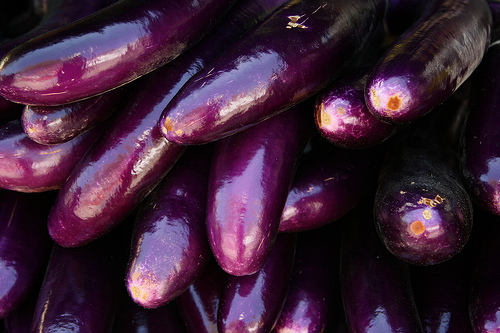 Photo by
Photo by 
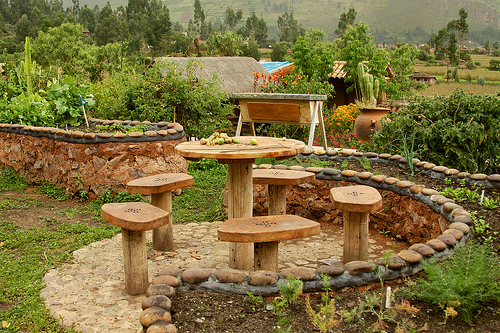 Photo by
Photo by 
